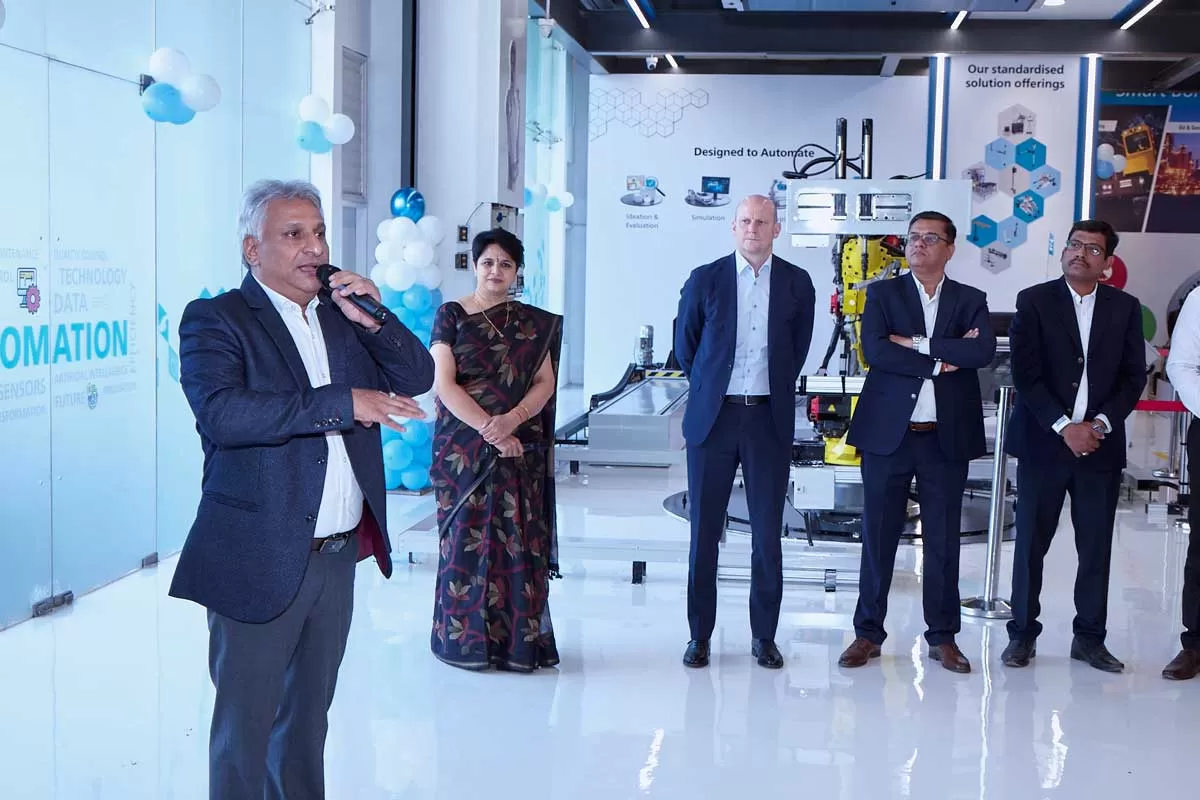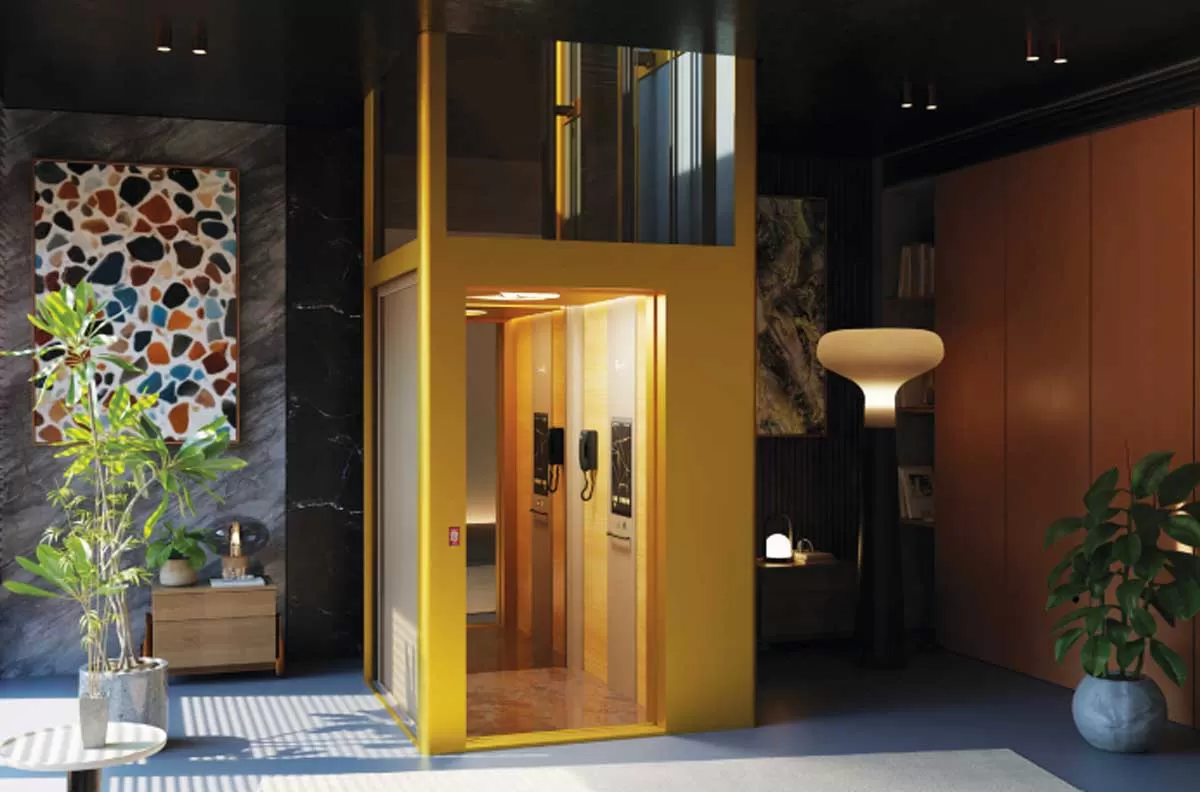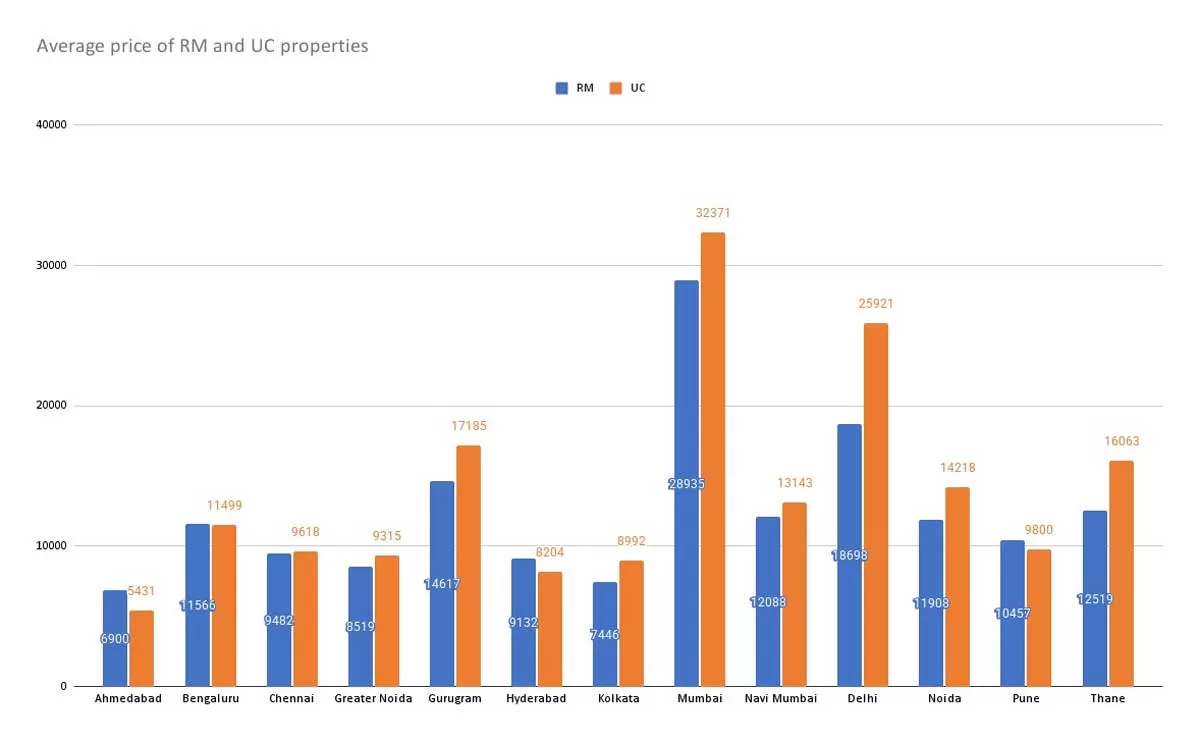While the Indian industry has been asked to set new targets towards building self-reliance in furniture, footwear and air conditioners, the government has parallelly begun laying the groundwork to achieve this in at least 10 promising sectors. Here, the emphasis is on targeting the quality of domestically made products so that “unnecessary” imports can be reduced in these sectors and the nation can find stronger footing in the global value chain.
Sectors already identified by the Department of Promotion for Industry and Internal Trade (DPIIT) in consultation with other ministries include capital goods and machinery, mobile and electronics, gems and jewellery, pharmaceuticals, textiles and garments. India has a natural advantage in these sectors, which can grow to become a strength for the country, according to DPIIT Secretary Guruprasad Mohapatra.
“A lot of work has to be done. Import dependence has to be reduced to the greatest extent possible and domestic manufacturing has to be ramped up, while export potential in these areas have to be explored,” said a senior government official on condition of anonymity. “This work has already begun. Ministries are looking at bringing more investment and making India a major manufacturing destination for their sectors,” the official said.
Prime Minister Narendra Modi on Tuesday had raised concerns with India’s dependence on imports, specifically highlighting the over 30 percent Imports in the air conditioners sector. “We have to reduce it fast,” he said.
The Indian AC industry, with an estimated Rs 12,000 crore market and sales of over 5.5 million units, is largely dependent on imported compressors — which accounts for 60-65 percent of an AC’s production value.
An executive tracking the market said that in the premium segment, especially the split AC category, several Japanese companies that are market leaders have been importing from Thailand and Vietnam by taking advantage of the concessional tariffs available under the India-ASEAN trade pact or bilateral Free Trade Agreements signed with these countries. This is especially so in case of the newer ‘inverter’ category of ACs, where the compressor specifications and built-in electronics are different.
Ministries are learnt to already be focussing on raising quality controls to make India globally competitive. “The quality is to improve, so there is a need for quality control orders and every ministry is identifying the orders to be issued. If necessary, then raising import duties may also be considered,” DPIIT’s Mohapatra had earlier told The Indian Express. “We have to emphasise Indian production of a certain scale, certain quality and certain standards. Then only can your product match up to the best in the world,” he had said. “While implementing measures like increasing import duties, we will need to make sure we are not crossing the WTO bound rates,” said trade expert Biswajit Dhar, professor at JNU’s Centre for Economic Studies and Planning.
“With Atma Nirbhar Bharat, there is a danger of India going back to an import substitution framework which may not be quite appropriate in the 21st century. Taking this path would also be quite daunting, as the financial and technological resources required would be very high,” he said.
“We need to be strategic in terms of the choice of sectors in which we want to be self-reliant. There should be a very strong case for increasing domestic value addition, besides considering aspects of consumer safety and national security,” he added.
However, here, measures like the home ministry’s intent to remove imported products from its central police canteens, while discriminatory, will not clash with India’s international trade commitments. “For government procurement, there is an exception. Countries are allowed to bend in favour of their producers,” said a trade economist.
Various schemes are already geared towards making India a major player in sectors like medical devices, APIs, according to Mohapatra. In some cases, the schemes are repackaged versions of older attempts by the NDA or UPA government to promote domestic production in these areas.
For instance, the government on June 2 invited applications from companies to invest in India under the second phase of the electronics manufacturing scheme, which has a capital outlay of up to Rs 50,000 crore.
An earlier version of a similar electronics manufacturing scheme, called the Modified Special Incentive Package Scheme had been notified by the previous UPA government in July 2012. It provided a capital subsidy of 20 percent to units inside special economic zones (SEZ) engaged in electronics manufacturing, and 25 percent to units outside SEZs.
The scheme, saw limited success, following which the second version of the scheme was approved by the Cabinet in March 2020 and notified on April 1. In addition to planning mobile manufacturing units, it plans to subsidise and provide incentives to peripheral device units such as charger and phone cover manufacturing units. As per Commerce Ministry, India imported $467.2 billion worth of commodities between April and March 2019-2020. Of this, leather and leather products were $1.01 billion, pearls, precious and semi-precious stones were about $22.4 billion and electrical and non-electrical machinery were $37.7 billion, while machine tool imports were about $4.2 billion.

















